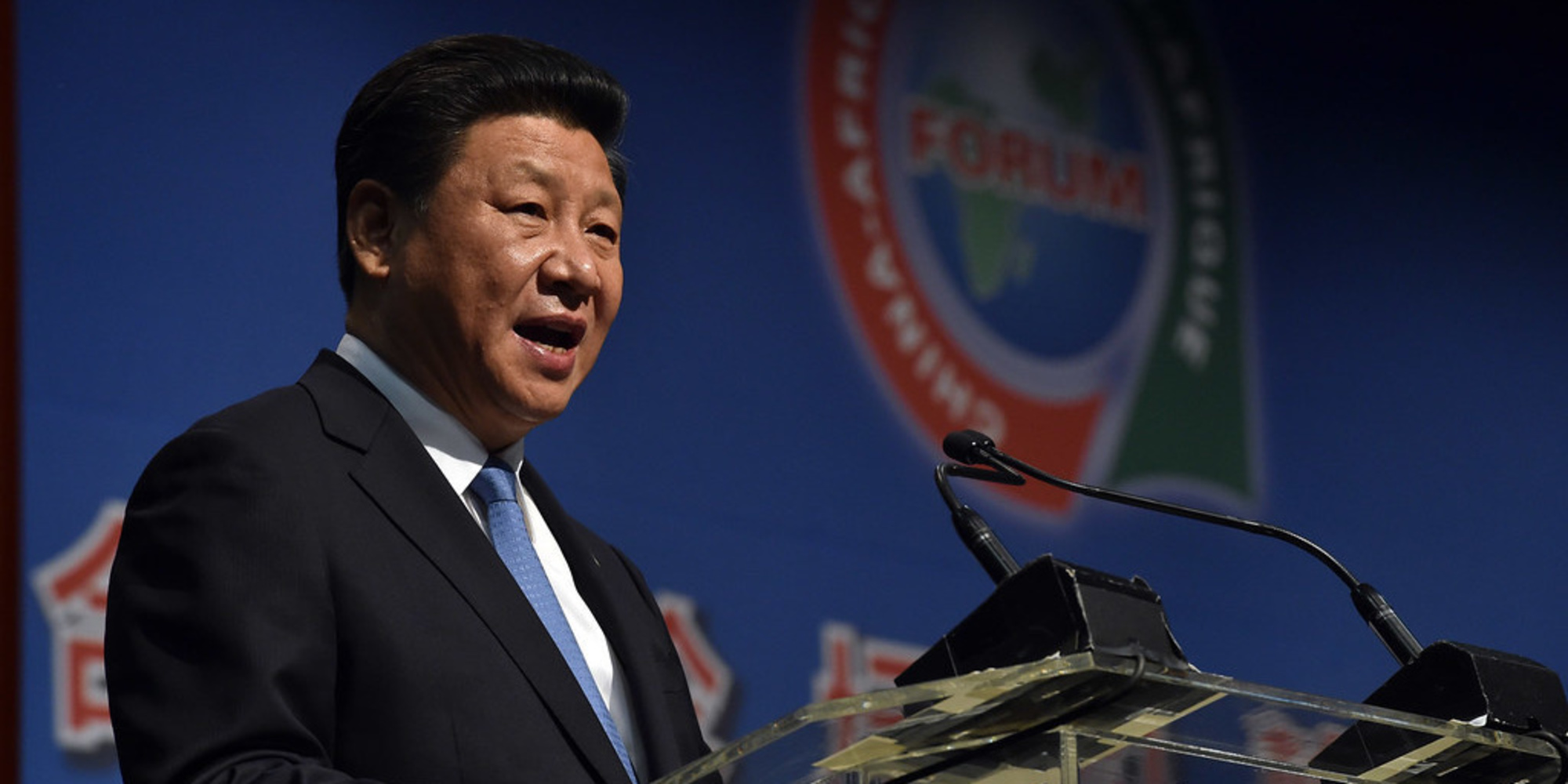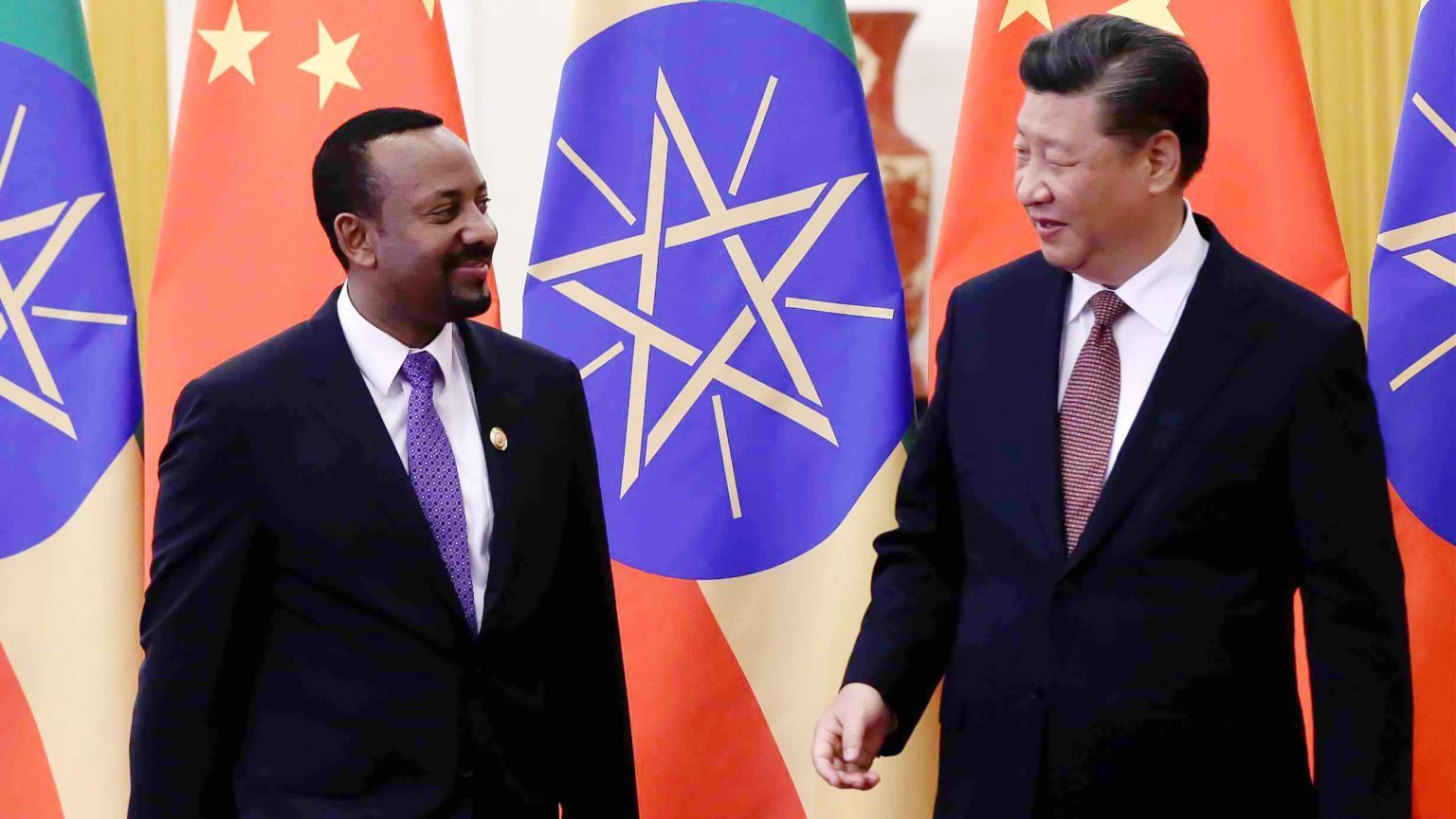New study uncovers China ’s massive hidden lending to poor countries
New report shows the extent of China’s hidden power as the developing world’s creditor.
- Over 50 developing countries’ Chinese debt accounts for on average 15 percent of their individual GDP.
- New report shows that the majority of the world’s developing country’s debt to China is considered “hidden.”
- China’s loans for poor countries are primarily for crucial infrastructure.
China’s overseas lending, which was virtually zero before the turn of the century — well, about $500 billion in 2000 — stands today, ostensibly, at around $5 trillion. Indeed, they are now the world’s largest creditor, being twice as large as both the World Bank and the International Monetary Fund, combined.
As much of what China does is under a veiled curtain of secrecy, it’s been difficult to track how all the money is flowing. A new comprehensive study though, by Sebastian Horn and Christoph Trebesch of the Kiel Institute for the World Economy, and Carmen Reinhart of Harvard University, has provided some new insights about China’s official credit lending empire. What did the researchers discover?

More than half of China’s lending to developing countries is what they term “hidden” money — loans that haven’t been reported to any of the international funds, such as the World Bank.
Indeed, economist and author of the report, Tresbesch, recently told Germany’s Spiegel in an interview following the release of the study’s findings, that compiling all of the information was like “a kind of economic archeology.” Their information came from numerous financial world databases, along with some documents provided courtesy of the CIA.
It’s no secret that China would like to keep this type of information occluded from the international scene. Opponents of China’s secretive lending practices fear that Beijing is engaging in predatory debt diplomacy and using their worldwide Belt and Road Initiative to create a new kind of economic colonialism over Africa and other parts of the developing world.
China’s creditor strategy for economic growth
China is in a state of further economic evolution. Long gone are the days of being the world’s impoverished manufacturer. With a thriving consumer market boosted at home, China is now flexing their influence over vast swathes of the world. One of their strategies is by becoming the world’s most involved lender to poor countries.
This can be problematic for a number of reasons. Countries that take this deal, end up grossly indebting themselves to China’s policies in a number of ways, both monetarily and culturally. An example on the extreme end of the spectrum is Djibouti, whose Chinese debt is equivalent to 70 percent of the country’s GDP. On average, the top 50 of China’s borrowers owe somewhere near 15 percent of their GDPs, which, still, on a global scale is quite a lot.
The authors also found that China has never officially disclosed any loans to Iran, Venezuela, or Zimbabwe, which on other records it’s been shown that China is a major creditor. The report speculates that one of the ways to avoid these international cross-border crediting claims is by the Chinese government disbursing loans straight to Chinese contractors rather than the developing governments themselves.
A great deal of these loans isn’t subject to credit rating agencies, because most of China’s foreign loans flow straight from their government. China’s lending practices take on another interesting dynamic, as the country is lending much more than just money: it is also helping build crucial infrastructure in these developing nations. In doing so, China exports a healthy dose of its culture and influence.
Growing influence in Africa
China’s investment in Africa takes the form of loans in exchange for infrastructure development. Oftentimes, Chinese companies and citizens reap the benefits and profits of these large projects. While many Africans welcome the much-needed investment into their countries, it’s not clear how much the continent is benefiting from this Chinese influence.
One major issue a lot of countries are facing is that almost the entirety of their country’s debt load comes from China. For example, of Kenya’s $50 billion in debt, more than 72 percent of it is from China. In Senegal, highways, industrial parks and other crucial developmental projects for a functioning country are all funded by large, risky Chinese loans. Again, much of this value goes back to China. They’re not doing this for humanitarian reasons. The Chinese expect capital and cultural return.
Tim Wegenast, who wrote a report about Chinese mining in Africa states:
“It’s more or less safe to say that Chinese companies employ less local labor than other companies because they bring over many Chinese workers, and when they develop local infrastructure, they provide countries with loans which are being used to pay for it, which is then constructed by Chinese companies and Chinese labor.”
A future of Chinese credit
According to The Economist, China’s lending prowess is more of a mixed bag. While many new loans from China were offloaded with debt relief by Western creditors after defaulting, China has in the past put forth some debt restructuring plans on 140 of their foreign loans. Although at other times, they’ve taken their collateral with ruthless abandon, for example when they seized the Hambantota Port in Sri Lanka.
Many Chinese loans have higher extended interest rates and short maturities, with heavy collateral that includes commodities, or even important strategic foreign infrastructure.
The authors of the report noted that China has started talking about being more transparent and sustainable on their loans in the future. But no clear evidence of this taking place has yet to materialize.
Mike Colagrossi is a Columnist at Big Think Magazine
Charles Rapulu Udoh

Charles Rapulu Udoh is a Lagos-based Lawyer with special focus on Business Law, Intellectual Property Rights, Entertainment and Technology Law. He is also an award-winning writer. Working for notable organizations so far has exposed him to some of industry best practices in business, finance strategies, law, dispute resolution, and data analytics both in Nigeria and across the world.










